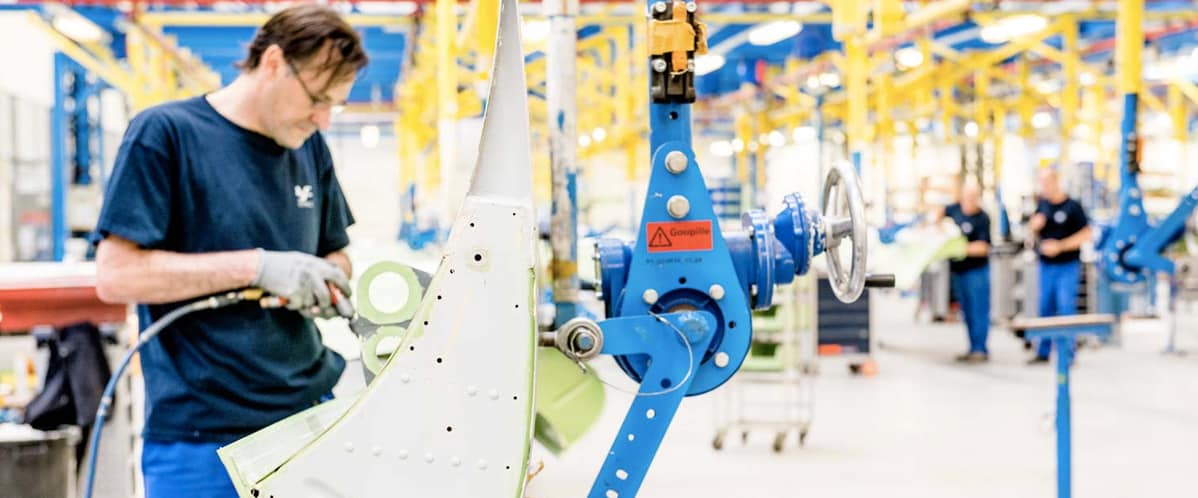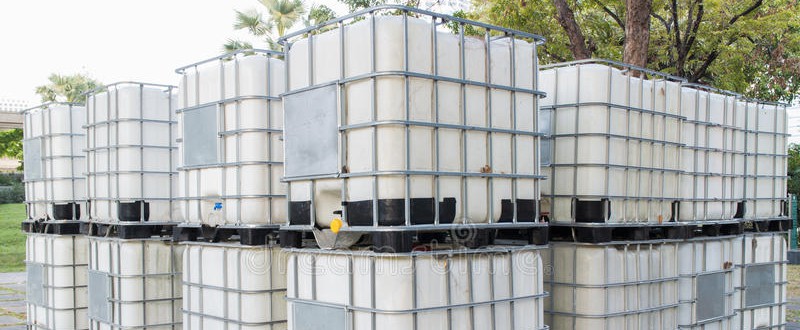Many people believe that the manufacturing industry in Australia, and much of the Western world, is experiencing a significant structural decline. We don’t demand physical goods in the same way as we used to and instead, increasing our purchases of digital products, data and intangibles. Some may even predict a future where almost nothing physical needs to be produced anymore as everything is delivered virtually.
While there is some truth to this, as value-adding services increase as a proportion of our GDP, the manufacturing industry is still a fundamental part of the economy. Even as a smaller share of the economy, manufacturing output has continued to expand in absolute terms. The industry accounts for over 11% of annual export earnings and employs almost one million Australians. At the same time, factories and manufacturing processes are changing to match the complexity and efficiency demanded by modern consumers and business buyers. Manufacturing is as competitive as it’s ever been, so if you’re running a factory operation, any strategy to put your business ahead of the pack is a valuable one.
Innovation is Key
According to the ABS, the manufacturing industry is the second-largest spender on research and development (R&D). Tailing only high-value professional, scientific and technical services, it is clear that manufacturers are committed to investing in the future of their businesses. According to Mark Goodsell, Director of the Australian Advanced Manufacturing Council (AAMC), Australia has a unique set of advantages when it comes to manufacturing, including:
- A sophisticated consumer market, politically stability and high-acceptance of property rights
- A stable supply of cheap and reliable energy as well as a healthy workforce
- Close proximity to Asia – the world’s future growth hub
Mr Goodsell also identified that the best opportunities for Australian manufacturers lie in adding value to our national strengths, such as agriculture and mining. For example, processing materials or providing necessary capital equipment to power production.
Local Supply Chains are Bouncing Back
The recent COVID-19 situation has caused delays in supplies, product shortages and incapacitated important production lines. As global supply chains are exposed to increased logistical fragility, community support is swaying back to the benefits of local manufacturing. As businesses have been crippled by a reliance on a single foreign supplier, the advantages of a diversified (domestic and international) and sustainable supply chain are increasingly apparent. The Government has also flagged more help is on the way for Australian manufacturing, signalling a further opportunity for the local manufacturing industry as restrictions ease and business and consumer demand bounces back to pre-COVID levels.
How to Stay Competitive
In an evolving industry, not every manufacturer can survive and prosper. However, those that are mindful of the best strategies stand the best chance at success. Manufacturer’s that specialise and optimise their operations are more likely to prosper than others that try to do it all. Factories should be lean and efficient, using automation as much as possible to maximise accuracy and human error. Invest in products that bring in profitable revenue and trim everything else.
“Developing and maintaining fantastic customer relationships through excellent service and high-quality products is a surefire way to stand out”
Another major factor in a manufacturer’s competitiveness is its location. Each geography has its own unique customer demands. For example, a producer of mining equipment will likely be better positioned for success if their factory is in Perth, rather than Hobart. Developing and maintaining fantastic customer relationships through excellent service and high-quality products is a surefire way to stand out. Changing suppliers can be a difficult task for many buyers. Treat your current customers right, and they will surely support your business for a long time.
Consider External Funding Sources
Manufacturing is not easy, and you will almost certainly face difficulties along the way. As a capital intensive business, you must always have access to the working capital you need to fulfil customer orders and take advantage of any growth opportunities that present themselves.
An increasingly popular solution in Australia is debtor finance. Invoice finance allows your business to access cash sooner from unpaid invoices. Invoice finance providers will pay you up to 90% of your verified outstanding invoice value upfront. When your customer pays and the funds are received by your invoice finance provider, they’ll remit the remaining 10% minus a small fee to compensate for early funding. Your business can use this cash instantly to pay your bills, secure new suppliers or invest in growth opportunities.
While invoice finance can be a great solution to access cash upfront, the event of non-payment is also covered by OptiPay’s cash flow funding solutions. OptiPay includes a form of trade credit insurance as an additional layer of protection. If your customer/s default on their payments, OptiPaySecure™ protects you by covering up to 90% of the invoice value issued to your debtor and funded. It also covers the legal costs to chase your client (the debtor).
Don’t let a lack of working capital hold your manufacturing business back, improve your growth prospects and stay competitive by unlocking tomorrow’s cash flow today with OptiPay.



